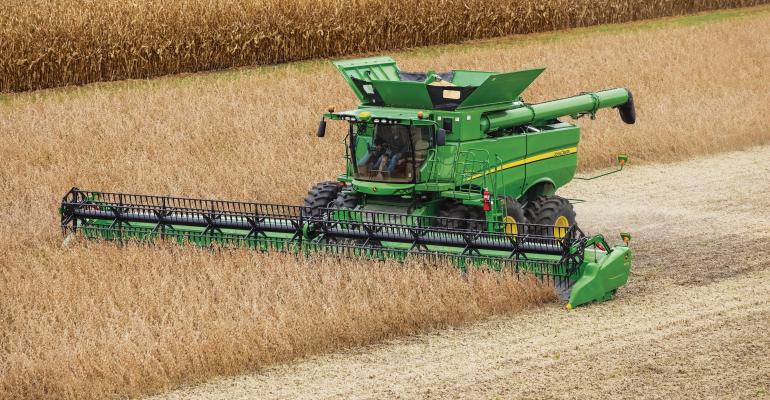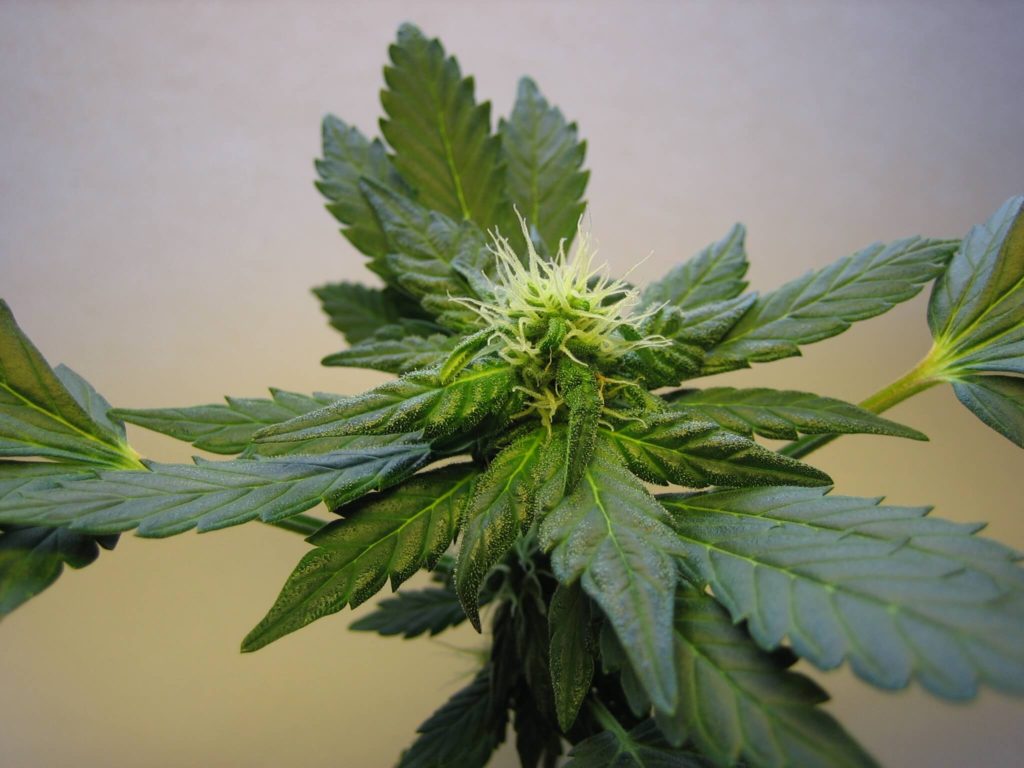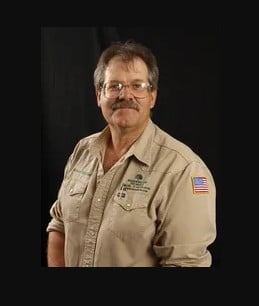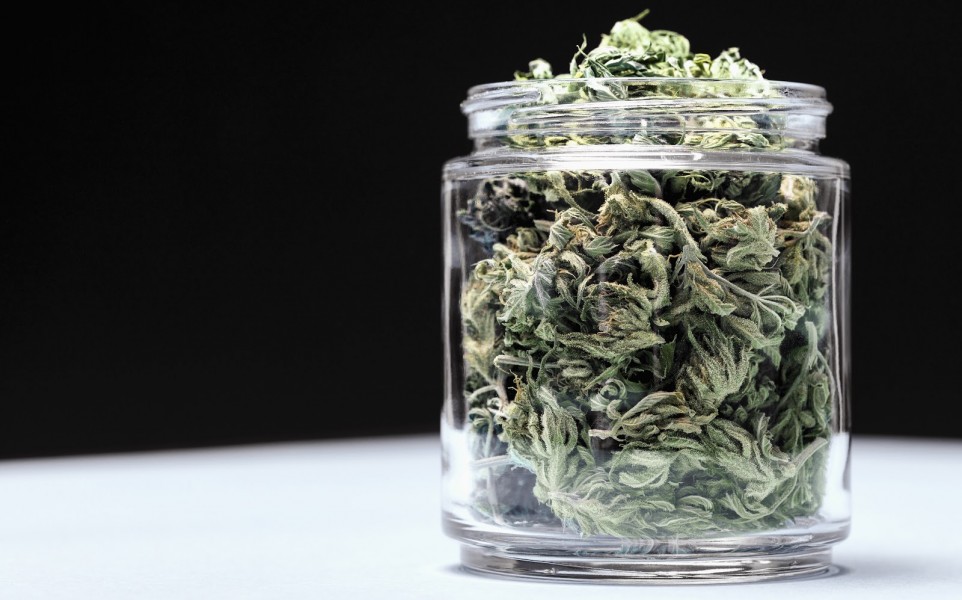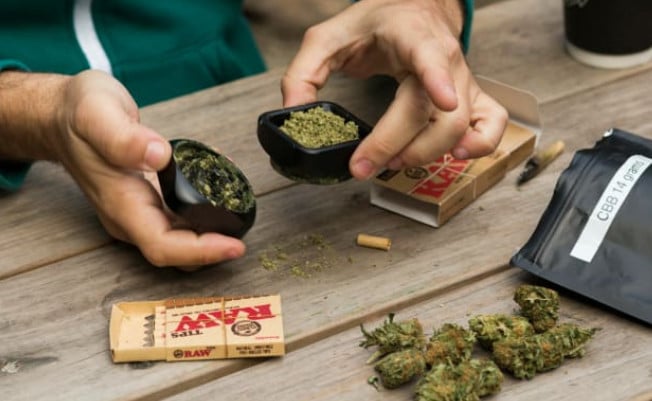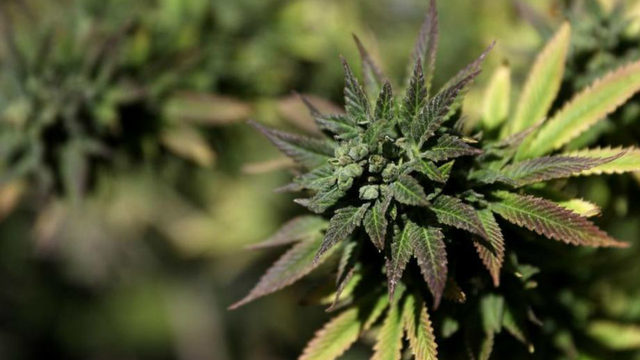Source: Iowa State University
By Bob Hartzler and Meaghan Anderson
Harvest is just around the corner for many Iowa farmers and now is a good time to consider options to reduce movement of weed seed between fields with harvest equipment. While we may not think of it during harvest time, combines are extremely effective at transporting seed from field to field. A few precautions leading up to harvest and during harvest can help manage any escaped problem weeds.
Prior to harvest, scout fields for escaped weeds since weeds are easier to see after crops have matured. This is important to identify problem fields or areas for next year. Your notes about weed problems are critical to choosing effective management tactics for next year, so make this a priority prior to harvest. In some situations scattered weeds could be removed from the fields prior to harvest. It is much easier to manage weed issues before they drop mature seed or before that mature seed goes through a combine.
Waterhemp is an example of a potentially herbicide-resistant species that may need to be contained, especially when it is out of control in only a few fields on the farm. Palmer amaranth and burcucumber are examples of two species that may be either new or in few enough fields that it is valuable to prevent them from spreading further. These species are especially difficult to manage and preplanning harvest can help reduce problems in future years.
If weeds cannot be rogued prior to harvest, decide whether planned harvest order needs to change to avoid spread of certain species to other, uninfested fields. Another precaution when harvesting fields, especially given all the drowned out spots from this spring’s rains, would be to harvest around those areas in the field. These steps are especially important if fields are suspected to have herbicide resistant weeds that are not present elsewhere on the farm or if the fields have a new or unusual species that should be kept from spreading to other fields.
Finally, steps should be taken to minimize movement of weed seed between fields on harvest equipment. In the future, new technology like the Harrington Seed Destructor (HSD) will make weed management at harvest simpler, but until then, relying on good clean-out practices is necessary in some situations. Combines can retain more than 150 pounds of biomaterial including crop seed, plant material, and weed seed after it has been run empty. A few short steps to perform a self-cleaning of the combine and about 20-30 minutes of time before moving on to another field can help further reduce movement of new weed problems to another field. Read more about those steps in our between-field combine clean-out document.
Credit: www.cornandsoybeandigest.com

